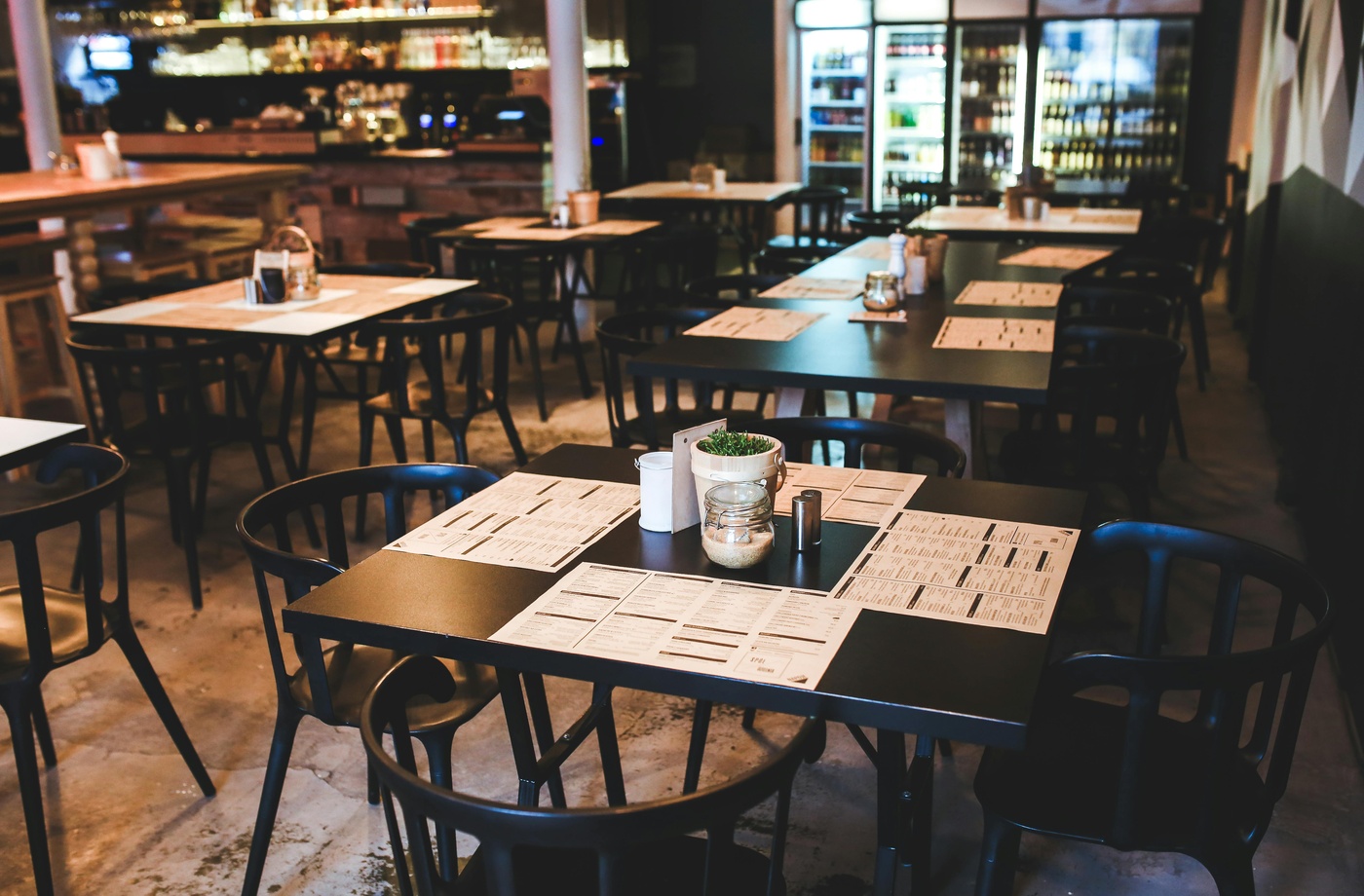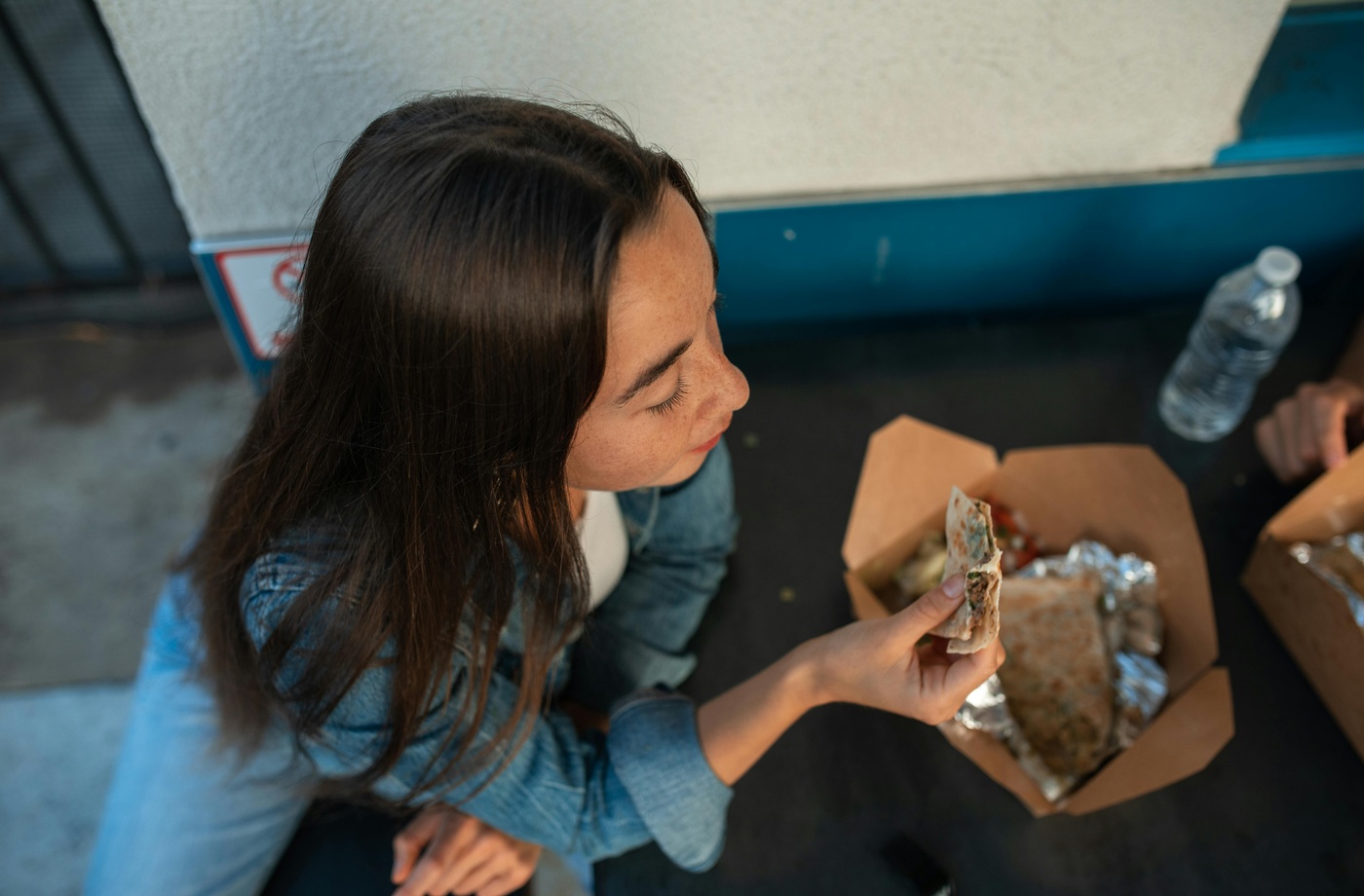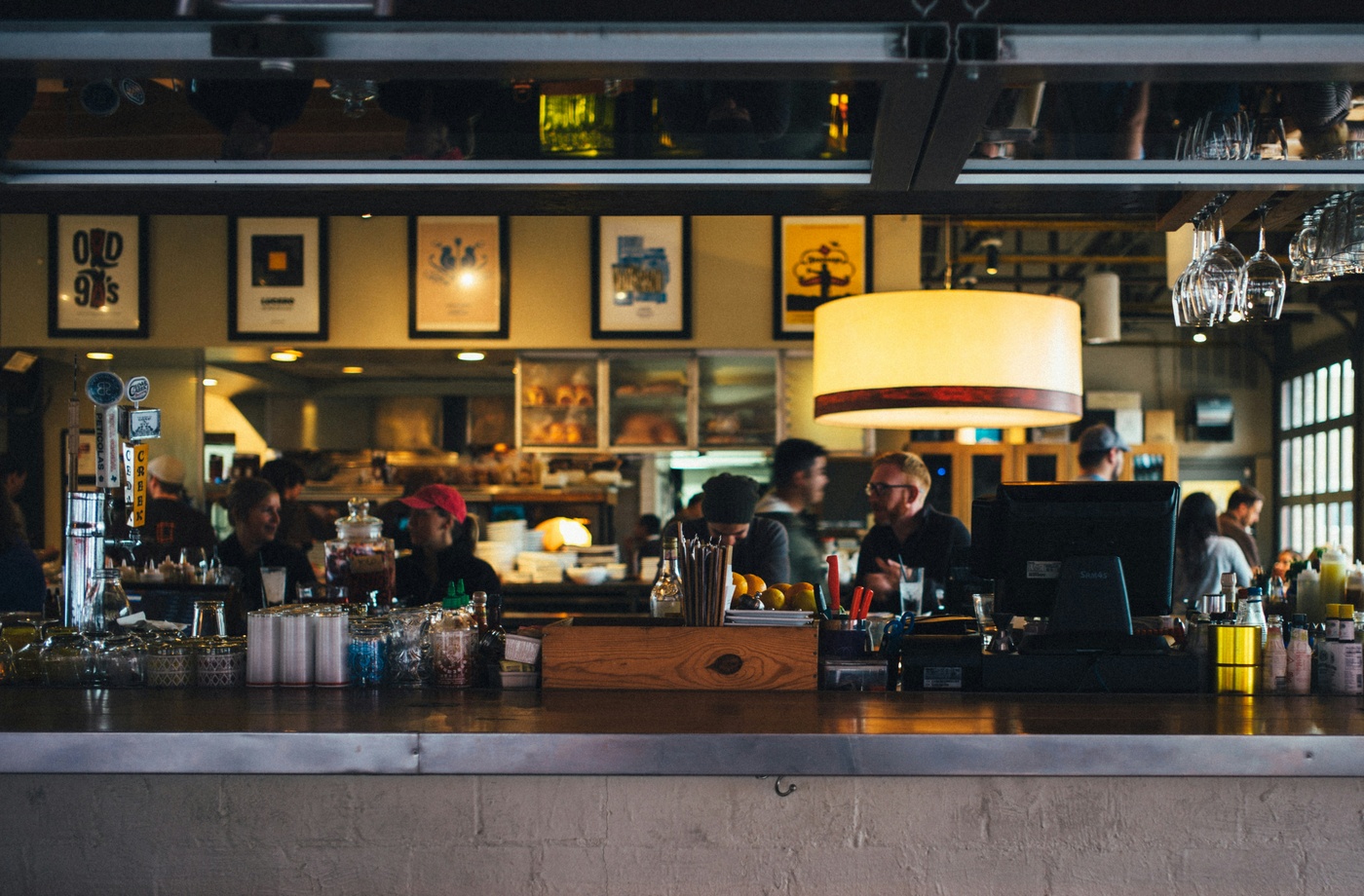Whether you’re ordering from your favorite app or sitting down for a full-service meal, the cost of convenience adds up quickly. But does takeout really save you money compared to dining in—or is the savings just an illusion? The answer depends on a few key factors, including service fees, tipping habits, transportation, and time. Here’s a closer look at which option truly gives you the best value.
- Menu Prices: Often Identical, Sometimes Not
Many restaurants list the same menu for both takeout and dine-in. However, third-party delivery apps like Uber Eats, DoorDash, and Grubhub often include slight markups on each item. For example, a $10 entrée in-store might be listed for $11–$12 online.
To avoid this hidden upcharge, ordering directly from the restaurant’s website or app is often the smarter move. Apps like Chipotle, Panera Bread, and Chili’s typically offer loyalty rewards and no extra markup when you order in-app.
- Tipping: Where Takeout Often Wins
Dine-in service typically warrants a 15–20% tip, especially for full-service meals. With takeout, tipping is optional or much lower—commonly 5–10%. If you’re trying to stay within a tight food budget, that reduced gratuity can make a noticeable difference over time. - Fees and Delivery Charges: The Hidden Cost of Takeout
Ordering through third-party apps can mean stacking service fees, delivery charges, and even small-order fees. For example:
- DoorDash service fees typically range from 10–15%
- Uber Eats often charges a flat delivery fee plus a percentage-based service fee
- Grubhub adds variable costs depending on distance and restaurant
Some apps offer subscriptions like DashPass or Uber One, which can reduce fees for frequent users. However, for infrequent orders, these charges can outweigh any perceived convenience savings.
- Gas, Time, and Parking: The Takeout Tradeoff
If you’re picking up food instead of dining in, you’ll want to factor in your transportation time and fuel costs. This becomes more relevant in cities where parking is difficult or time is limited. On the other hand, takeout lets you avoid waiting for a table or service delays. - Portion Sizes and Meal Add-Ons
Many full-service restaurants offer complimentary extras for dine-in guests—like bread, chips and salsa, or free refills. These are often excluded from takeout orders. If you enjoy these perks, dining in gives you added value that takeout may not match. - Saving Strategies for Both Options
Whether you’re dining in or ordering to-go, there are still plenty of ways to save:
- Use loyalty programs like MyPanera or Red Robin Royalty
- Compare prices across platforms and check for restaurant-direct ordering
- Use cashback tools like Fluz to earn on digital gift cards before you pay: For example, you can buy a Shake Shack gift card online or earn cashback with a Blaze Pizza gift card and use it in-store or for pickup
- Pay with a rewards credit card when using third-party apps to earn points back on dining
- The Bottom Line: Which One Is Cheaper?
- Takeout is often cheaper if you’re ordering directly from the restaurant, tipping minimally, and avoiding delivery app fees
- Dine-in can deliver more value if you take advantage of free extras, use loyalty perks, and avoid premium-priced beverages or entrées
Final Thought
The more you control the ordering experience, the more you can save—regardless of whether you dine in or take out. Review fees, use cashback platforms like Fluz, and leverage loyalty programs to make sure your meals are as rewarding as they are delicious.



